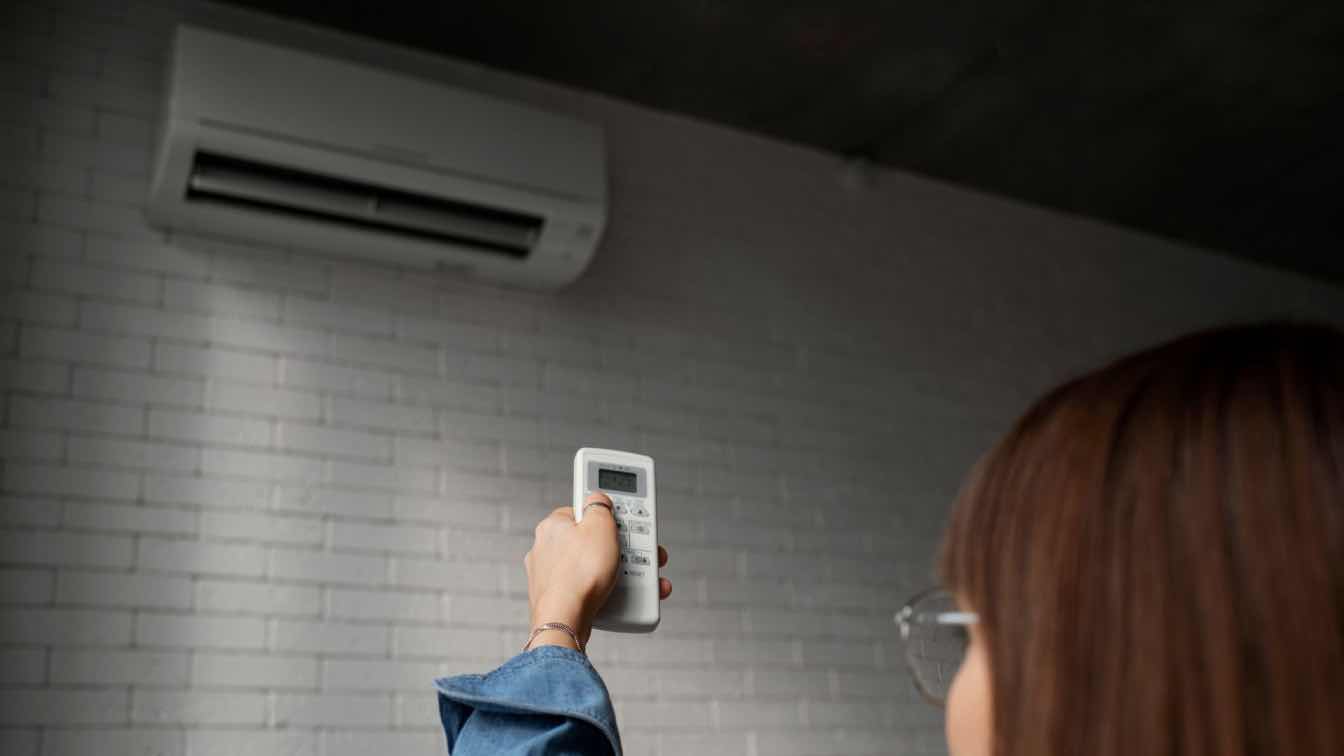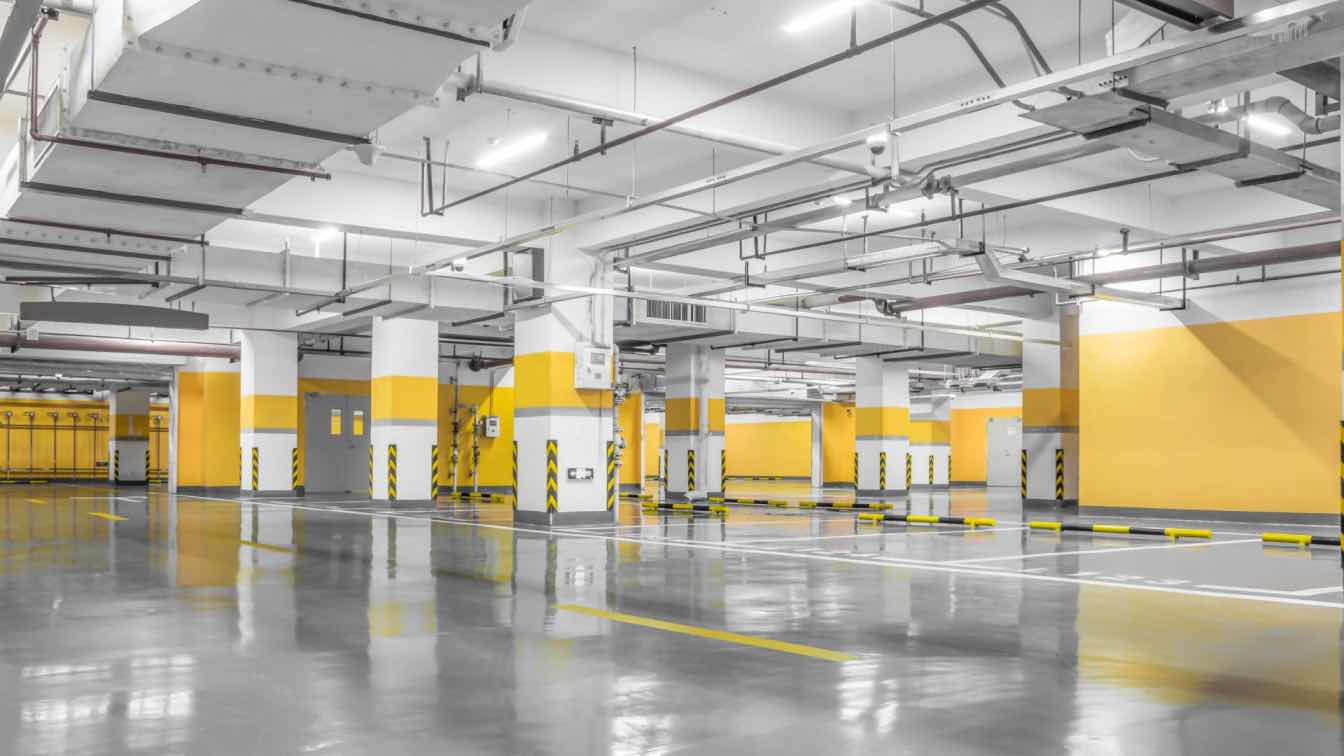One way to ensure comfort indoors is to install a new air conditioning system, but staying prepared is essential. This guide covers the necessary steps to prepare a home for this home improvement project.
Assessing the Space
Evaluating the designated space before installation begins is crucial. Ensure the chosen location for the unit meets particular requirements. It should have adequate clearance for airflow and accessibility for maintenance. Consider potential obstacles like furniture or decor that might obstruct the unit.
Verifying Electrical Requirements
Air conditioning systems require a specific electrical supply size. Confirm that the electrical panel in the home can handle a new unit. Consult an electrician for advice if you are unsure if it is compatible. Sometimes, you must upgrade the circuit or panel to manage this additional load safely.
Clearing the Installation Area
Clean the installation space, as it speeds up the process. Please remove any items near the installation site that might block the construction team, such as furniture, plants, or personal possessions. Technicians should also have a clear route for equipment and tool mobility.
Ensuring Proper Insulation
When installing an energy-efficient new system, check for drafts or leaks around your windows, doors, and walls. Use weather-stripping or caulk to seal any gaps. Insulation helps the environment reach a steady state, which increases resident comfort and reduces energy consumption.
Scheduling a Convenient Time
To ensure a smooth process, coordinate with your service provider to schedule the air conditioner installation in Toronto at a time that works best for both you and the installation team. Try to choose a time when household activity is minimal—this helps reduce disruptions and allows the technicians to complete their work efficiently and without distractions.
Communicating with the Installation Team
Communicate with the installation squad before installation day to discuss any special needs or problems, such as where you would prefer to keep your child or if there are any special needs for pets or children. Dialogue is an essential part of clarifying expectations.
Preparing for Noise and Disruption
Installation can be noisy and disruptive. It’s best to get your household accustomed to temporary disturbances. It might also be worth moving anxious people (like young kids, older adults, or pets) away from the noise until technicians complete the process. Acknowledging that there may be noise is another way to manage expectations.
Understanding Maintenance Needs
When the system has established the required standards, one must know its duties. Maintenance is key to preserving an AC unit’s lifespan and energy-saving capabilities. Know the easy things to do, such as filter cleaning or arranging professional inspections. Regular maintenance can avoid complications down the road and improve functionality.
Planning for Future Upgrades
If you’re installing a new unit, consider upsizing for future upgrades. These can include things like smart thermostats or added energy-saving areas. If you plan for these enhancements, you can orchestrate the least disruption at some later phase. Following a step-wise enhancement of the system can also stagger costs.
Ensuring Safety Measures
You should address installation safety and not allow children and pets near tools and equipment. Ensure you adequately ventilate the space, especially if there are fumes or dust. A few precautions can help reduce risk and make everyone feel safer.
Final Walkthrough
After installation, conduct a final walkthrough with the technician to ensure the system works as intended. The expert can help with any direct issues or queries. This step ensures that everything functions properly before they finalize the installation.
Conclusion
When you complete an air conditioning installation correctly, it can be stress-free. Analyze the area and prepare your space for possible disruption so the installation process can occur smoothly. You can complete this home improvement project without too much fuss if you ensure you communicate everything correctly and that safety is the priority.





